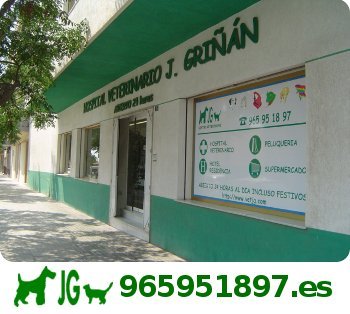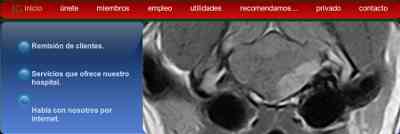The most common polyneuropathy seen in dogs is acute polyradiculopathy. This disorder
is also referred to as "coonhound paralysis" since a great number of hounds developed an
ascending flaccid paralysis following contact with raccoons. This suggests that there are a
number of inciting causes of polyradiculopathy in dogs, including something present in the bite
of the raccoon. Other patients experience similar syndromes following rabies vaccination. It is
probable that the inciting cause causes a cross-reactivity with the neural antigens in the nerve
roots, leading to demyelination and the clinical signs.
This disorder can affect any age, breed or sex of dog or cat, although the condition is rare
before the age of 6 months. The onset of signs begins as rear leg weakness which rapidly ascends
over 24-48 hours until the animal is quadriplegic. Occasionally, the condition can start in the
fore legs and then progress to quadriplegia. Physical examination is usually within normal limits
(an old raccoon bite might be apparent in hounds). Usually, there are no cranial nerve signs;
however, in severe cases, the bark may be altered, swallowing impaired and facial nerve signs be
evident. In some cases, respiration is impaired necessitating respiratory support.
The diagnosis is supported by finding mild elevation of CSF protein, particularly from
lumbar spinal tap. The EMG reveals denervation potentials (fibrillation potentials and positive
sharp waves). The motor conduction velocity is usually slower (< 50 M/sec), particularly later in
the course of the disease.
There is no specific treatment for polyradiculopathy. Corticosteroid therapy may reduce
the recovery time, but have not been shown to reduce the time to reach maximal severity nor the
eventual severity of the disease. Recent evidence, support a role of antioxidant steroids
(methylprednisolone) in reducing clinical signs. When respiratory depression is evident, this may
be helpful in treating the patient. The clinical course is variable and may last from a few days to
several weeks. In some cases, there are permanent neurologic deficits. Recovered animals may
have the condition reoccur. Recurrences are often more severe than the initial incident. Some
cases become chronic in nature, requiring more aggressive medication in hopes of controlling the
problem. I have found that many of these patients respond better to antioxidant therapy with
drugs like acetylcysteine or ginkgo biloba than to steroid medication alone.
fuente: Universidad de Florida (USA) |


 miles de casos clûÙnicos
miles de casos clûÙnicos












